Finding the best monitor for photo editing can be a daunting proposition, particularly if you need it to be better at one particular task than at any other. With this guide, we’ll help you find the best monitors for photo editing, so we’ll be looking for great color reproduction and vibrant, bright displays.
This will, of course, depend on the panel tech – newer ‘IPS’ LCD panels will have better color reproduction than their older ‘TN’ counterparts, so this is worth looking out for in the specifications. All the panels here will be IPS LED-backlit monitors.
IPS displays will feature better viewing angles, too, so if you ever sit at your computer and show someone else photos, they’re a must. Screen size is important, too – make sure your display is physically big enough for the work you want to do (we recommend 24-inches as a minimum).
Also, the best monitors for photo editing will be height-adjustable, but not all displays will have the same capability to be fine-tuned. And, finally, when you’re buying a high-end display, it’s important to make sure your computer’s graphics cardware is up to the task of displaying the high-resolutions some monitors can reproduce. So, we’ll dive into the best monitors for photo editing in 2019.
- These are the best laptops for photo editing
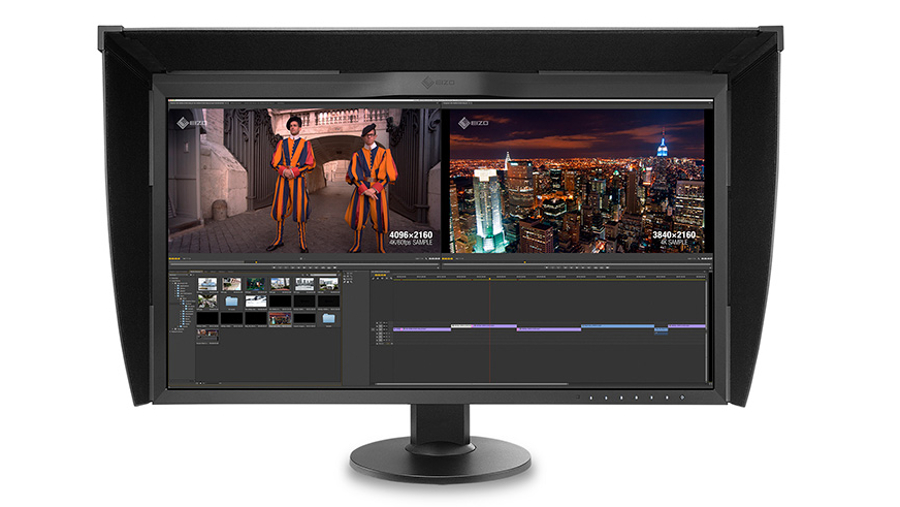
The 31-inch ColorEdge CG318-4K is our current pick for the best monitor for photo editing. This is mainly down to its color accuracy, which is essential for professional photographers who edit their photos. It features full sRGB coverage, 99% of the Adobe RGB spectrum and 98% DCI-P3. It fully supports 10-bit colour, taken from a 16-bit look-up table.
The CG318-4K has a 4096 x 2160 resolution, compared with the 3840 x 2160 resolution used in other 4K computer displays.
All of these features come together to produce a jaw-dropping image, making your photos really stand out. There's also a built-in calibration tool to constantly keep the colors as accurate as possible.
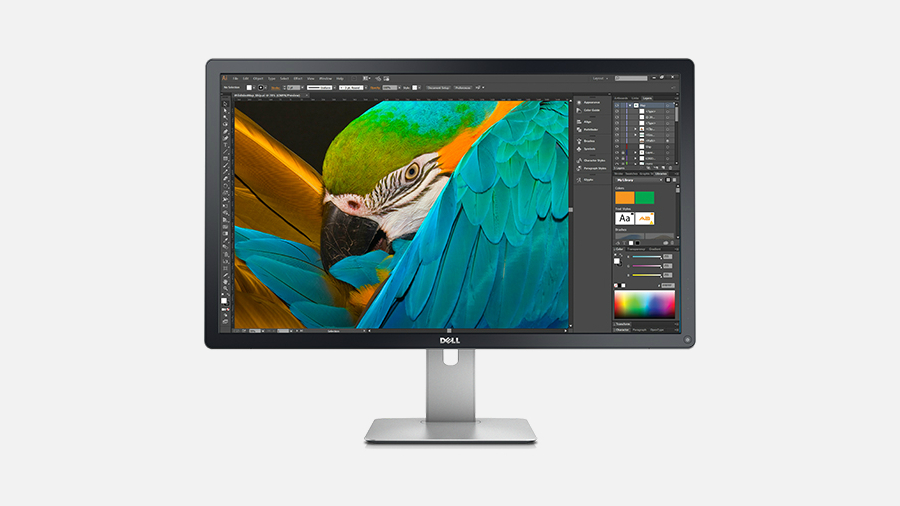
Dell's top-end 31.5-inch 4K display packs in a lot of professional-grade features for superb color accuracy. It is a pricey monitor, however, but then this is a large 4K screen, so you should expect to pay a bit more. It comes with support for the DCI-P3 color spectrum. It has a specification that almost rivals Eizo's monster CG318-4K, as it hits 99% Adobe RGB coverage and 87% DCI-P3, delivering great picture quality.
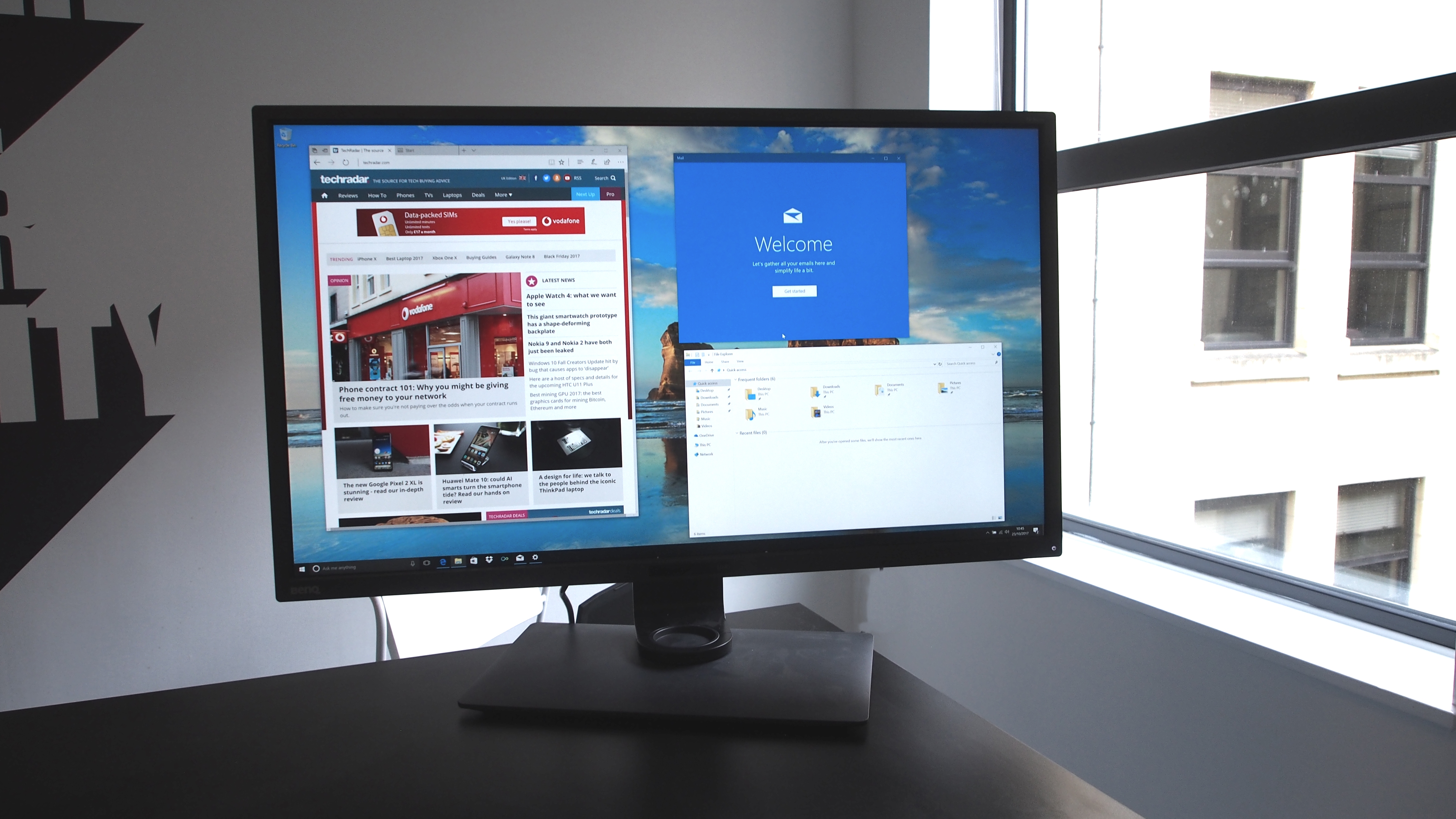
BenQ has added the PD3200U, which features a massive 32-inch Ultra HD display, to its Designer Monitor range. The PD3200U is best suited for creators. 3D designers, for instance, will be grateful for the inclusion of a CAD/CAM mode, while photographers and photo editors will love in the factory-calibrated color accuracy and Rec. 709 adherence.
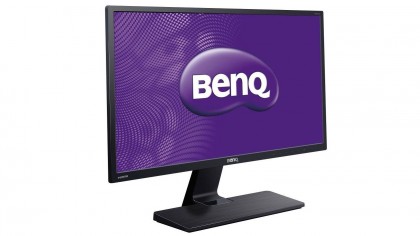
BenQ offers the most affordable full HD monitor with an HDMI connector and it doesn't look that bad. The company embraced the Bauhaus "less is more" philosophy to deliver "a celebration of minimalist" lifestyle. Those are their words, not ours. It has some standout features though; one that reduces flicker (PWM technology) and a low blue light mode which may help with headaches and sleeping disorders. With 'just' a 1080p resolution, this isn't as fancy as other monitors on this list, but it allows you to edit your photos without having to spend loads on a new screen.
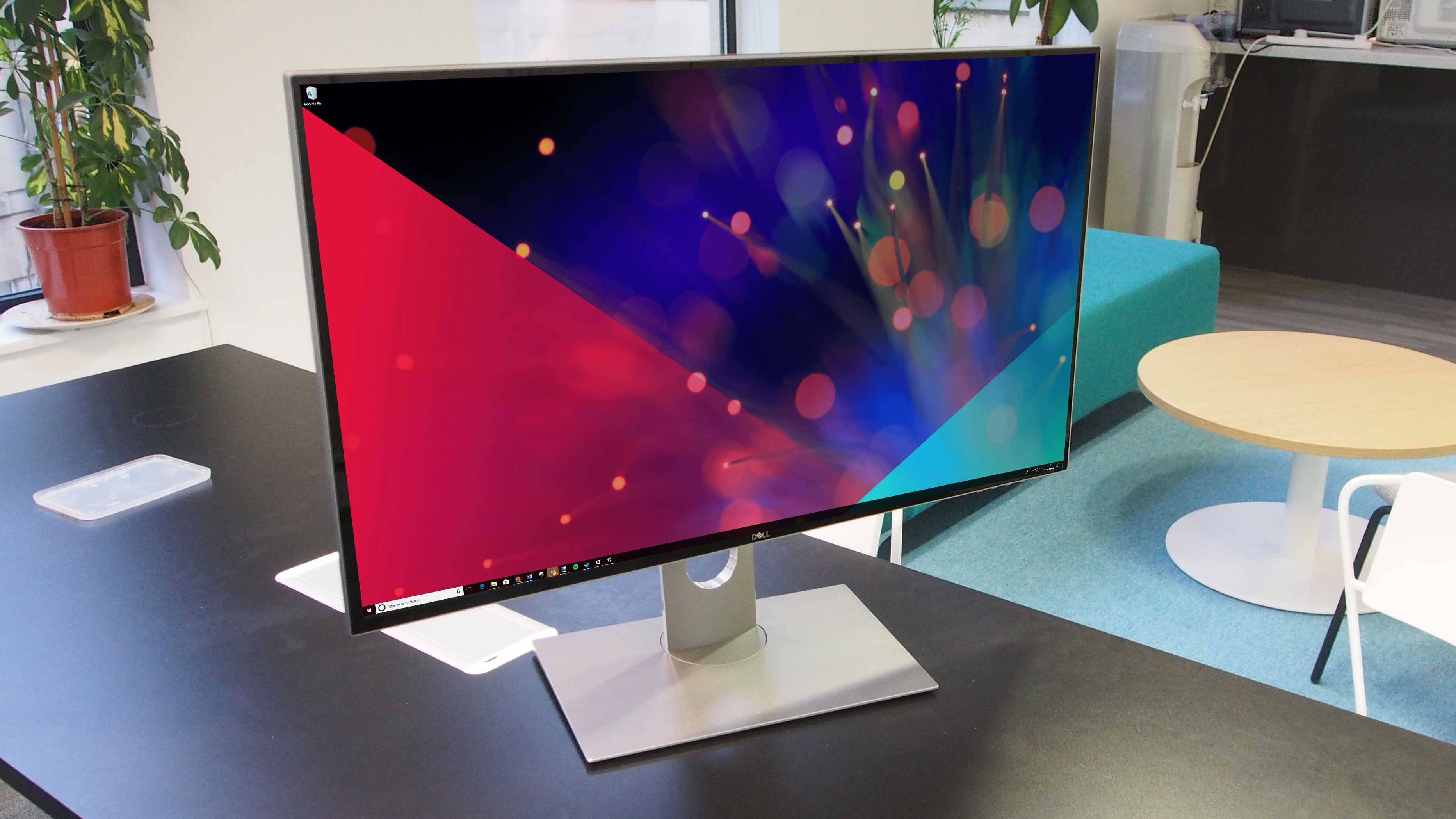
The Dell UltraSharp UP3218K is an absolutely amazing monitor for photo editing. It features a huge 32-inch screen and 8K resolution makes it perfect for photographers and video editors, and the amount of screen real estate that high resolution offers makes it an excellent productivity tool. The screen is professionally calibrated so it looks amazing out of the box, but be warned: this is a very expensive monitor. Depending on your needs, this will either be a brilliant buy, or an expensive folly.
10 things to look for in a monitor for photo editing

- Screen size is measured diagonally in inches, while resolution measures the number of pixels that make up the display. But a bigger monitor doesn't necessarily mean greater resolution; the 24-inch Eizo has a higher resolution than the 27-inch NEC, for example.
- A more useful measure of the 'crispness' of a display is pixel density, measured in pixels per inch (ppi). The NEC is 82ppi, the Eizo 94ppi, while Samsung and Dell weigh in at 109ppi.
- Monitors increasingly offer more than just a simple display for your computer, with built-in speakers, USB hubs, card readers and multiple inputs, such as HDMI, for use with a variety of devices.
- While true-to-life colour reproduction is very important in image editing, you may need to compromise to get all the features you want within budget.
- LED backlighting allows thinner displays, while IPS (or Samsung's PLS) allows for greater viewing angles.
- We'd always recommend using a digital interface like DVI or HDMI, but it depends on what your computer has. Do you want to plug in multiple devices? Make sure your new monitor has the same input as your computer has output!
- Several of these displays enable you to swivel the monitor from side to side and turn the screen 90 degrees into portrait mode.
- Most monitors are now capable of Full HD resolution (1920x1080) but more and more can do higher resolutions - many here are capable of 2560x1440, for example.
- With so many devices plugged into our computers these days, a USB hub really is something you'll wonder how you lived without.
- So many monitors - including several of these - are just plain ugly. Also see what people are saying about the button controls and menu system. Ensure it is usable.
from TechRadar - All the latest technology news http://bit.ly/2RmrJcZ